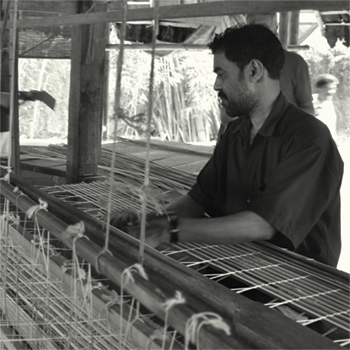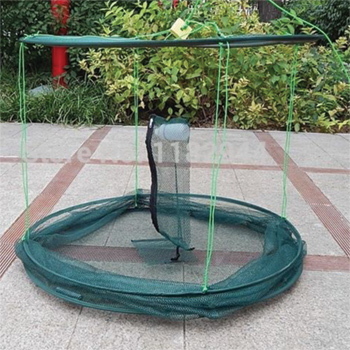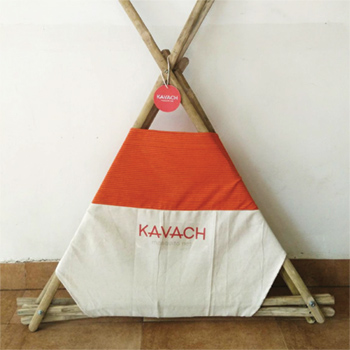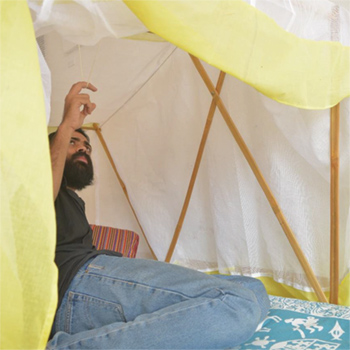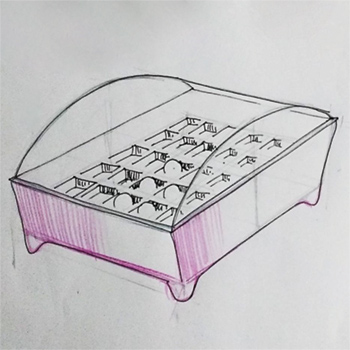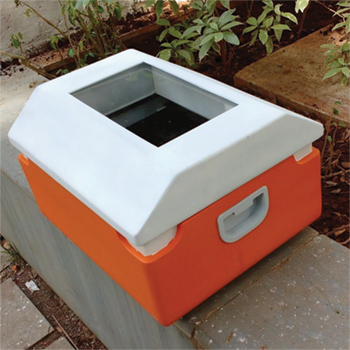Malaria is always been a life-threatening disease from the time it has been known. Probably it’s one of our oldest enemy of all time, taking more human-life than any other disease. Each year millions of people died and around half the population of the world is put in risk due to this dreadful disease. Sub-Saharan Africa being the highest affected region followed by Southeast Asia and others, this disease spreads all over the world. In India itself, every year, thousands of people lost their life and another million were still living under the burden of this disease, with most of the case coming from rural areas (especially the tribal areas). Though we have known how to cure malaria from the beginning, it got an entirely different story in most of the tribal inhibited areas, often a darker one. It has been reported that 30% of the total cases in India come from this regions. Apart from poverty, poor health facilities and lack of proper education, the tribal regions are most of time isolated from the mainstream not only geographically but also socioculturally. Despite taking measures to prevent malaria including mosquito nets and other programs, the cultural barriers make it difficult to control the same. To understand the problems more critically, a Abstract field trip was planned with the help of SEARCH organization and visited different villages in Gadchiroli, Maharashtra. One of the most important issue which come out from this study was the lack of seriousness about this disease in those areas. When further research is done, it opened up to many issues from economical to educational to cultural. But as part of this project, the focus is put only into the specific problems related with usages of mosquito net in this area. In the early stage, the project try to question the most common attitude of people toward the difficulties of not using the mosquito net, which were given to them through government. It also try to critically analyze the problem from the lens of cultural obstacles, the climatic hindrances and the typology of the houses toward this behavior . In the later section of the project, the issues is taken up to a design level problem and try to solve using different design approaches and methods. This includes mind- mapping, ideation, concept generation system design etc. Finally, as a deliverable of the project a deployable mosquito net structure named “Kavach” is created, which can be easily made by the local people, using locally available materials with minimum cost.

